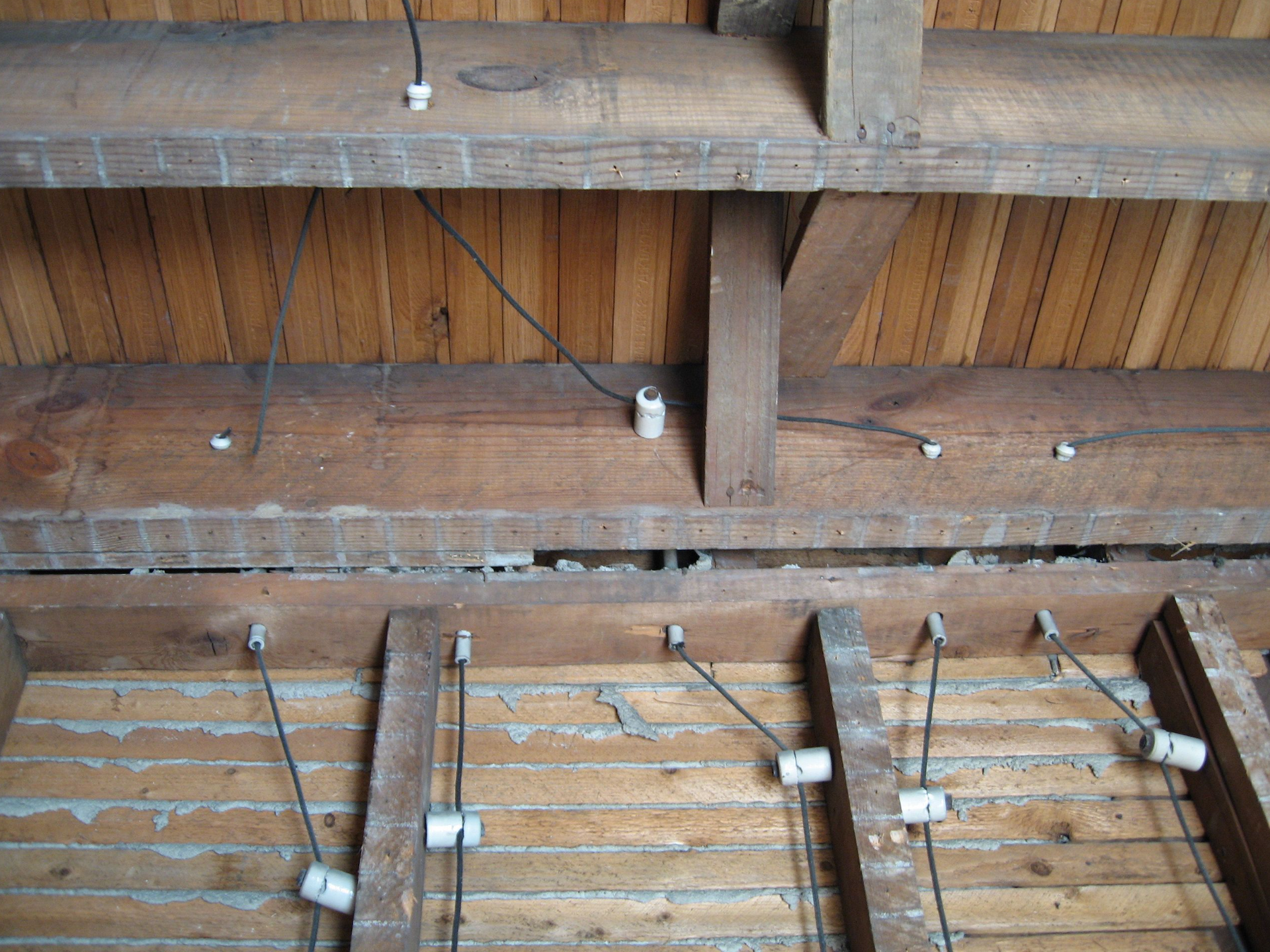Evolving Tradecraft: A Decade of Change in Home Services – Modern Contractors and Handymen vs. the Past
These times, they are changing

- The landscape of home improvement and maintenance services has undergone significant transformations over the past decade. From advancements in technology to shifting consumer expectations, the roles of modern contractors and handymen have evolved. In this blog post, we'll delve into the notable differences between today's professionals and their counterparts from 10 to 20 years ago.
Technological Integration: - Then (10-20 Years Ago): Handymen and contractors relied heavily on traditional tools and manual methods for their craft. Communication was primarily done through phone calls or in-person meetings.
Now (Modern Contractors and Handymen): Technology has become an integral part of the trade. Contractors and handymen use smartphones and tablets for communication, project planning, and accessing digital resources. Advanced tools and equipment with smart features have also become commonplace.
Online Presence and Marketing: - Then: Marketing efforts were often limited to local directories, word-of-mouth referrals, and local advertisements. Online presence was not a priority.
Now: Modern contractors and handymen prioritize an online presence. They have professional websites, use social media for marketing, and may even collaborate with online platforms to reach a wider audience. Online reviews play a significant role in establishing credibility.
Specialization and Certification: - Then: Handymen often had a general set of skills, and contractors were known for being versatile. Certification and specialization were less emphasized.
Now: There is a trend toward specialization. Modern contractors often acquire specific certifications in their field, becoming experts in niche areas. Handymen may also specialize in certain services, showcasing a higher level of expertise.
Communication and Transparency: - Then: Communication was often face-to-face or through phone calls. Project details and timelines might not have been communicated as transparently.
Now: Modern contractors and handymen prioritize clear communication. They use emails, messaging apps, and project management tools to keep clients informed about every aspect of the project. Transparency is key to building trust.
Licensing and Regulation: - Then: Licensing requirements and regulations might not have been as stringent or strictly enforced.
- Now: Licensing and adherence to regulations are crucial for modern contractors. Clients often seek professionals with the proper credentials, ensuring quality work and compliance with industry standards.
Client Expectations and Service Standards: - Then: Clients might have been more accepting of delays and lower service standards.
Now: With increased competition, modern contractors and handymen strive for higher service standards. Clients expect timely completion, top-notch craftsmanship, and excellent customer service.
Accessibility of Information:
Then: Clients had limited access to information about contractors and handymen, relying on local recommendations.
Now: The internet provides clients with a wealth of information. Online reviews, testimonials, and project portfolios allow clients to make more informed decisions when choosing a professional.
Conclusion:
The differences between modern contractors and handymen compared to their counterparts from 10 to 20 years ago highlight the industry's evolution. Embracing technology, specialization, sustainability, and improved communication has become the norm, resulting in a more dynamic and client-focused home services sector. As we look toward the future, these changes are likely to continue shaping the way we approach and experience home improvement and maintenance services.
You might also like
Toolbox Talk



